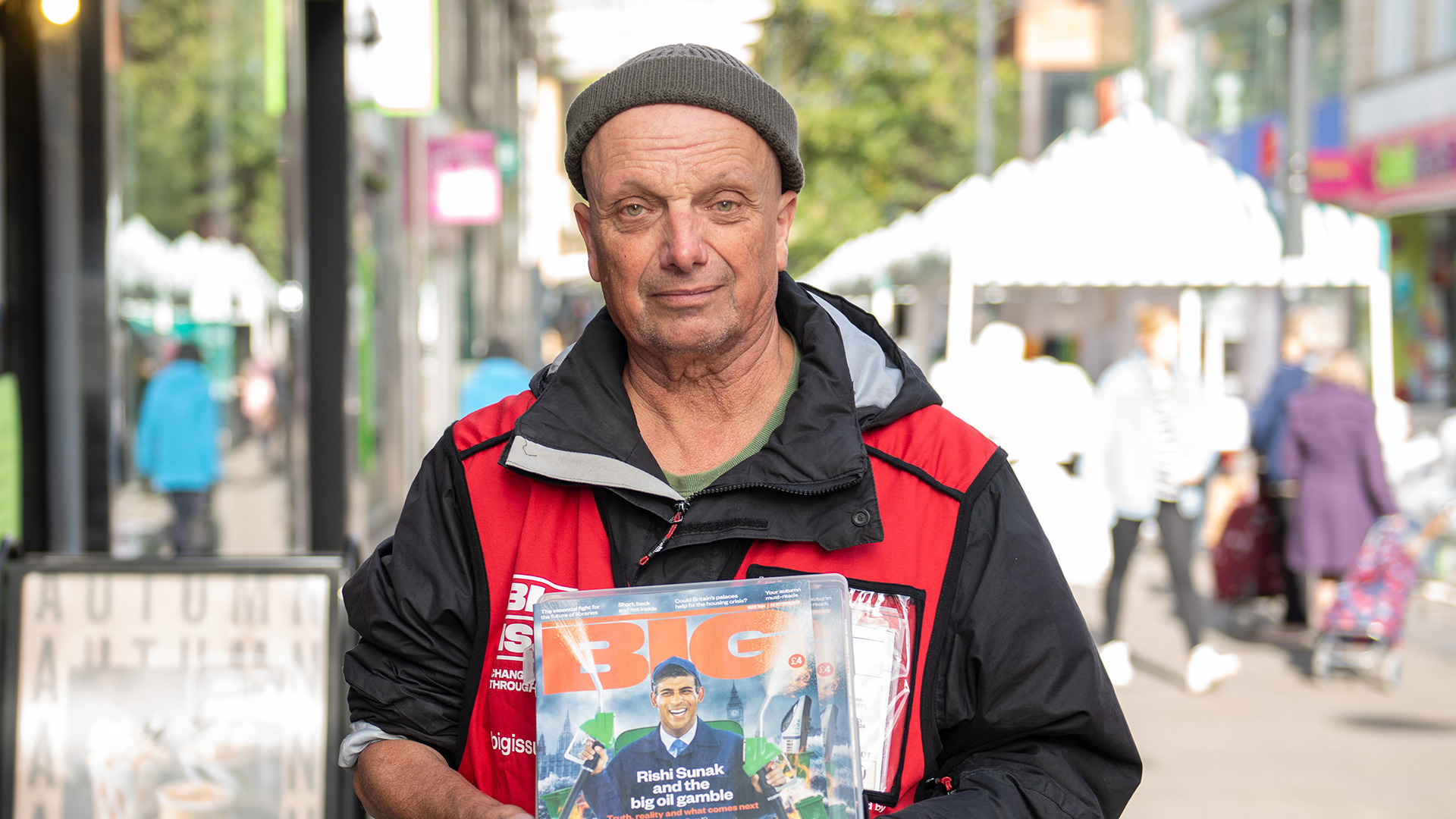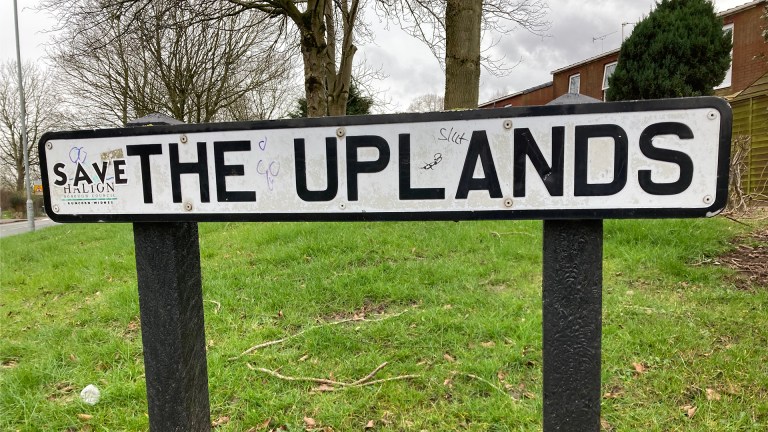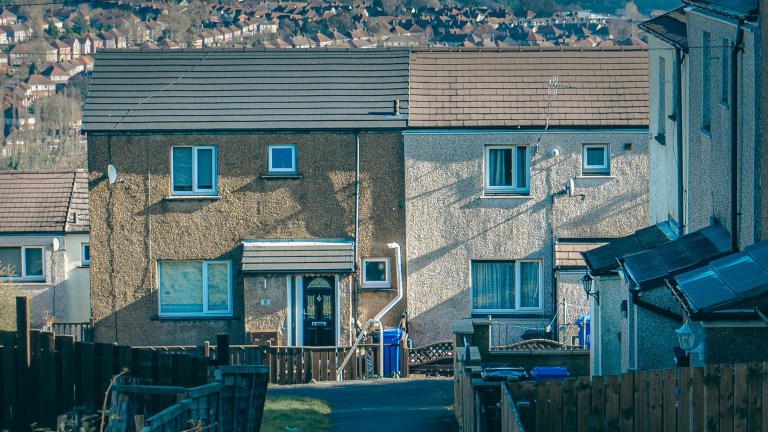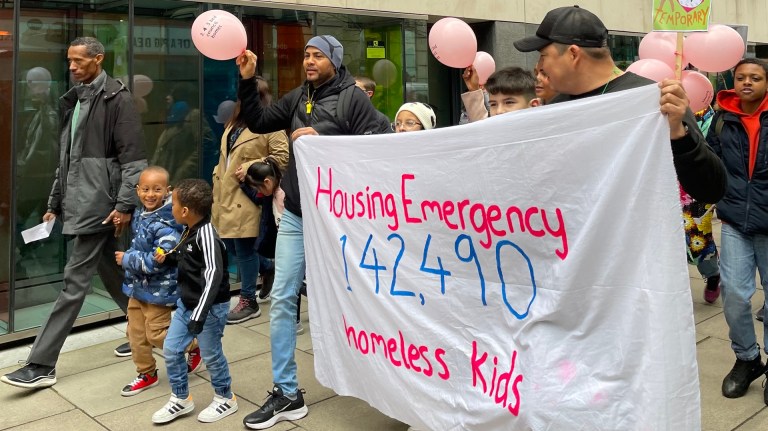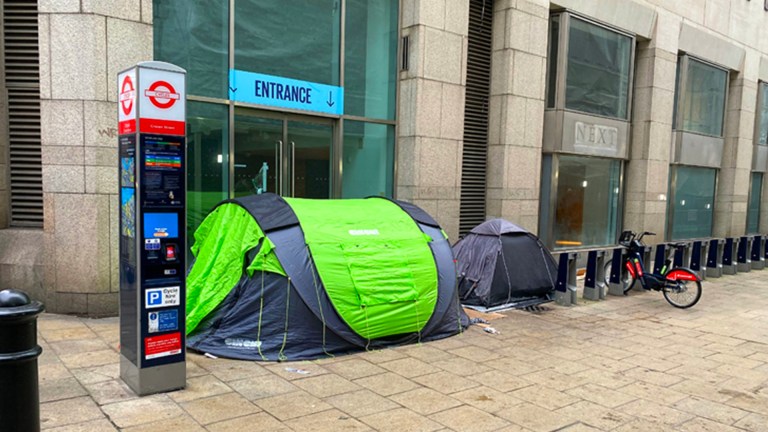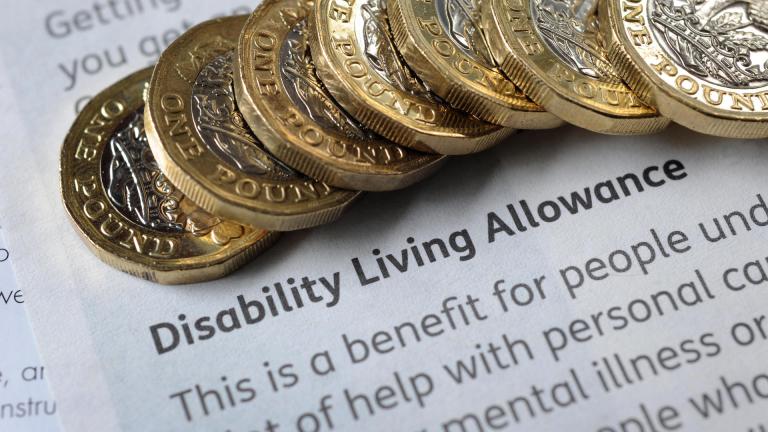We need to build 3.1 million homes over the next 20 years, according to Shelter. That number may seem daunting, but it’s far from unprecedented. From the Second World War to 1980, around 126,000 social housing properties were built every year.
The cost of 3.1 million homes, estimated at £10.7bn per year by Shelter’s calculations, goes down to £3.8bn “when savings in benefits and increased taxes are considered”. This comes to £76bn over 20 years. (If that still seems like a lot, it’s still less than HS2’s projected cost.)
But for the last few decades there has been little political will to push for social housing. It’s often depicted as poorly built and maintained; hotbeds of antisocial behaviour and crime.
Get the latest news and insight into how the Big Issue magazine is made by signing up for the Inside Big Issue newsletter
There is some truth to it. Councils don’t receive enough funding from central government to consistently build homes and adequately maintain them. Social housing can create strong communities, however. The key is the design of buildings and estates which can enhance quality of life.
“The taller you go, the further apart you have to build,” explains Alice Brownfield, an architect at Peter Barber Architects (PBA). “Where you have high-rise housing and buildings become further apart, you get space, which is not well overlooked. It might feel less safe.” Brownfield speaks a lot about the importance of spaces that are “legible”: areas where it is fairly easy to situate yourself and navigate. Recognisable landmarks, street patterns, shops or a pub all contribute to legibility. Neighbourhoods then feel safer because there are fewer hidden spaces where antisocial behaviour or illegal activities might take place. They also facilitate more chance encounters with neighbours, which can foster a sense of community. This may seem insignificant, but these types of small interactions could be a lifeline for many, especially with loneliness at record levels.

